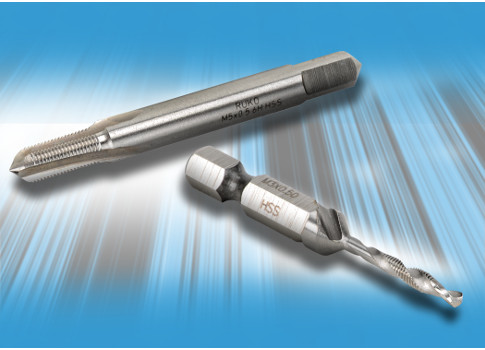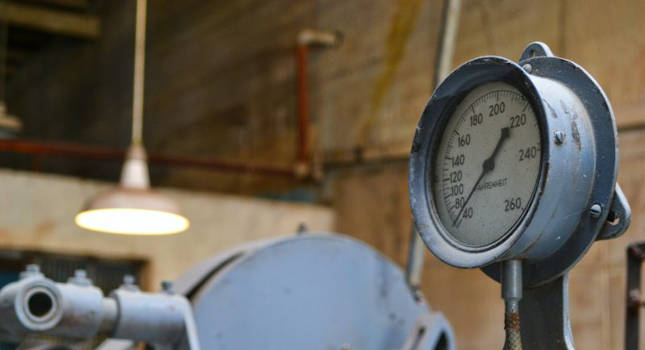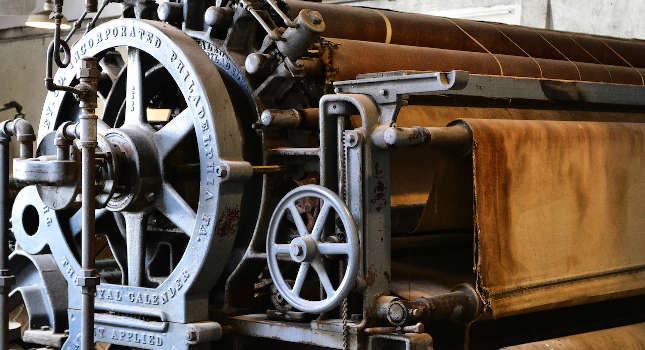Counterfeit electrical products create workplace hazards Manufacturers and trade associations have devoted much attention to the effects of counterfeit electrical products on consumers. At the same time, individuals who work in manufacturing facilities should be mindful of the dire consequences of using inferior goods marketed deceptively under brand names of reputable companies.
Counterfeit electrical products create workplace hazards
Manufacturers and trade associations have devoted much attention to the effects of counterfeit electrical products on consumers. At the same time, individuals who work in manufacturing facilities should be mindful of the dire consequences of using inferior goods marketed deceptively under brand names of reputable companies. Such items known to be counterfeited include control relays, circuit breakers, receptacles, ground fault circuit interrupters and conduit fittings.
In many instances, counterfeit products appear to be genuine, but they are unable to meet minimum performance specifications. Manufacturers of counterfeit products often use inferior materials without regard for meeting published ratings or safety. These “knock-offs” consistently fail independent certification testing from organizations such as Underwriters Laboratories (UL). Instead, counterfeit product manufacturers rely on deception and prices that are below market level to find their way into our homes, businesses and electrical infrastructure.
Although counterfeit products may appear to be attractive because of lower pricing, they are unsafe copies. A counterfeit electrical device can lead to fires, shocks or explosions that can cost workers their lives and produce considerable property damage. The financial liability of such an incident will fall on those who participated in the supply and distribution of the counterfeit products.
If the safety hazards and financial liability posed by counterfeit products fail to attract your attention, the economic consequences should. They include layoffs due to unfair competition, reduced customs and sales tax revenues that result in greater financial burdens for businesses and individuals, and increased revenues for organized crime.
Worldwide, counterfeiting costs the electrical products industry $600 billion annually. In the United States, that figure is $200 billion to $250 billion. Because of the revenue “stolen” from lawful companies, counterfeiting reduces U.S. employment by 750,000 jobs each year, according to the International Anti-Counterfeiting Coalition ( www.iacc.org ).
Last year, U.S. Customs and Border Protection reported that seizures of counterfeit electrical products increased 43% over 2007 levels, which indicates counterfeiting is a persistent problem. More than 80% of counterfeit products originate in China. They find their way to the United States, Canada and Western Europe, and have a strong presence in Africa, Asia, Latin America and the Middle East.
Despite the efforts of governments worldwide, many counterfeit electrical products are still entering the marketplace undetected. The counterfeit goods are then typically sold outside normal distribution channels by companies that do not have relationships with the manufacturers. Eaton recognizes this and is engaging other distribution channels to improve awareness of the growing problem of counterfeit electrical products.
Stopping the sale of counterfeit products is everyone’s responsibility — manufacturers, distributors, resellers (authorized and unauthorized) and customers alike. Being vigilant is the only way to prevent these unsafe counterfeit products from causing harm to people and property.
Preventing the spread of counterfeit electrical products is an issue of safety and economics. Whenever possible, I urge you to purchase electrical products from an authorized representative or distributor of the genuine manufacturer. One should always be able to following the chain of commerce to the original manufacturer to ensure a new, genuine product has been purchased.
The attention we devote as professionals, and as members of our communities, to slowing the proliferation of counterfeit products can help to ensure maximum electrical safety levels for ourselves, and for future generations.
Tom Grace, Manager, Anti-Counterfeiting Initiatives, Eaton Corporation, Exton, PA
Manufacturers can shape solution to mitigate global water crisis
Sustaining global water supplies and quality is one of the most critical issues facing the world today. One third of the world’s population currently lives in countries with moderate to high water stress, with the poor bearing a disproportionate burden. The fact that so many lack access to potable water and adequate sanitation is a tragedy that has severe consequences for human health, education and economic development worldwide.
As manufacturers, we have a responsibility to help shape the solutions that will mitigate this global water crisis. Plant managers can play an especially significant leadership role by building the systems-wide framework for a sustainable future. Each facility’s impact on water depends on the products being manufactured and plant production volume, age and compliance with industry regulation. Certainly no plant can forego water entirely, but we can evaluate each of these areas to better protect this vital resource.
If American homes waste more than one trillion gallons of water per year due to leaks and faulty or old systems, just imagine the amount of water lost on an industrial scale, and conversely the opportunities we can seize to become more efficient and responsible.
While the problem is wide and deep, there are fundamental routine operations changes that all plant managers can make immediately that will yield tremendous long-term results. Key steps to streamlining water usage in your facilities include:
-
Monitor and analyze water usage trends at your facility for at least two years, including production rates, seasonal fluctuations and other variables. Create a historical database that will allow you to make sound assessments about your past and future water usage and needs, and collaborate with strategic partners to help disburse the investment of resources.
For instance, in 2008 the New South Wales Department of Commerce undertook a water efficiency audit of a Tyco Water facility on behalf of Sydney Water’s ‘Every Drop Counts’ Business Program in Australia. The resulting audit report identified at least four tangible water use reduction strategies with a payback period of less than three years and advanced the goals of both Tyco and the municipality. -
Understand the role water plays in your facility, including what it is being used for and how the various functions in your plant interplay to impact water usage. When you meter water usage, look beyond water bills at how water usage cuts across multiple departments and buildings.
-
Identify your actual water quality and volume needs by determining where the process must have potable water and where water can be reused. Don’t make any assumptions and be precise — look at how your plant’s infrastructure and processes have changed over time, and how those changes impact your water needs.
-
Invest in efficient water systems and activities where you can. For instance, prioritizing leak detection and repair can have dramatic impacts, saving as much 75,000 gallons per year for a leak measuring just 1/32 inch. This very process has yielded some impressive results for Tyco Flow Control including one plant where we reduced water use by 70%.
-
Our action or inaction around water issues has already had global implications that will continue to affect each of us on a local scale, as safe, clean water becomes ever more scarce. Through action, we have the power to dramatically improve the quality of life for millions of women and children in developing countries.
Too much is at stake and the decisions we make today — on the internal business processes we implement, the investments in technology and innovation we make, the standards we set and the partnerships we develop — can help build a more sustainable world for tomorrow.
Patrick Decker, President, Tyco Flow Control, Executive Sponsor, Climate Resolve, Tyco International



